 All too often it is thought that the body resembles a stack of blocks aiming to be aligned just right and kept in place to sustain verticality. This is an understanding of the body as an axial-loaded compression structure, which is appropriate for brick walls where the bottom brick takes the brunt of the weight from above, and the whole arrangement is gravity dependent. This model does not work for bio-dynamic structures from the micro level (such as cells) to the macro level (the body).
All too often it is thought that the body resembles a stack of blocks aiming to be aligned just right and kept in place to sustain verticality. This is an understanding of the body as an axial-loaded compression structure, which is appropriate for brick walls where the bottom brick takes the brunt of the weight from above, and the whole arrangement is gravity dependent. This model does not work for bio-dynamic structures from the micro level (such as cells) to the macro level (the body).
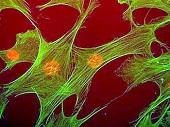
**
In contrast, the concept of biotensegrity, pioneered by orthopedic surgeon Dr. Stephen Levin, applies Buckminster Fuller’s principles of tensegrity to all animate forms. Tensegrity structures have continuous tension and discontinuous compression. In the human body, the interplay of the tensile forces of the musculature and other soft tissues, with the bones as spacers or struts, creates a dynamic balancing act. Our bones are in suspension. In short we are complete, free-standing, biotensegrity systems independent of, but interactive with, gravity.
The fine tuning of this system is where Alexander Technique practices can make the best use of an already well-designed dynamic system. Carol specializes in applying tensegrity principles to her Alexander Technique teaching.
For a video clip demonstrating tensegrity in living tissues click here.
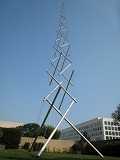
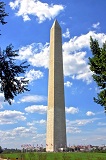 Tensegrity sculptures by Kenneth Snelson elegantly demonstrate the spacious interior volume with the suspension of the struts within tensile forces. Tipped on its side the “Needle Tower” would remain intact, unlike the Washington monument which is an axial-loaded compression structure dependent on gravity for its structural integrity.
Tensegrity sculptures by Kenneth Snelson elegantly demonstrate the spacious interior volume with the suspension of the struts within tensile forces. Tipped on its side the “Needle Tower” would remain intact, unlike the Washington monument which is an axial-loaded compression structure dependent on gravity for its structural integrity.
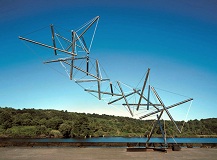
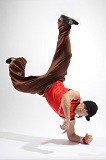
In terms of human movement, the genre of break dancing clearly demonstrates that the body is not an axial-loaded compression structure, but rather functions as an example of Biotensegrity… support dependent on the soft tissue suspension of the bones.
** Photograph by Don Ingber and Tom Polte
